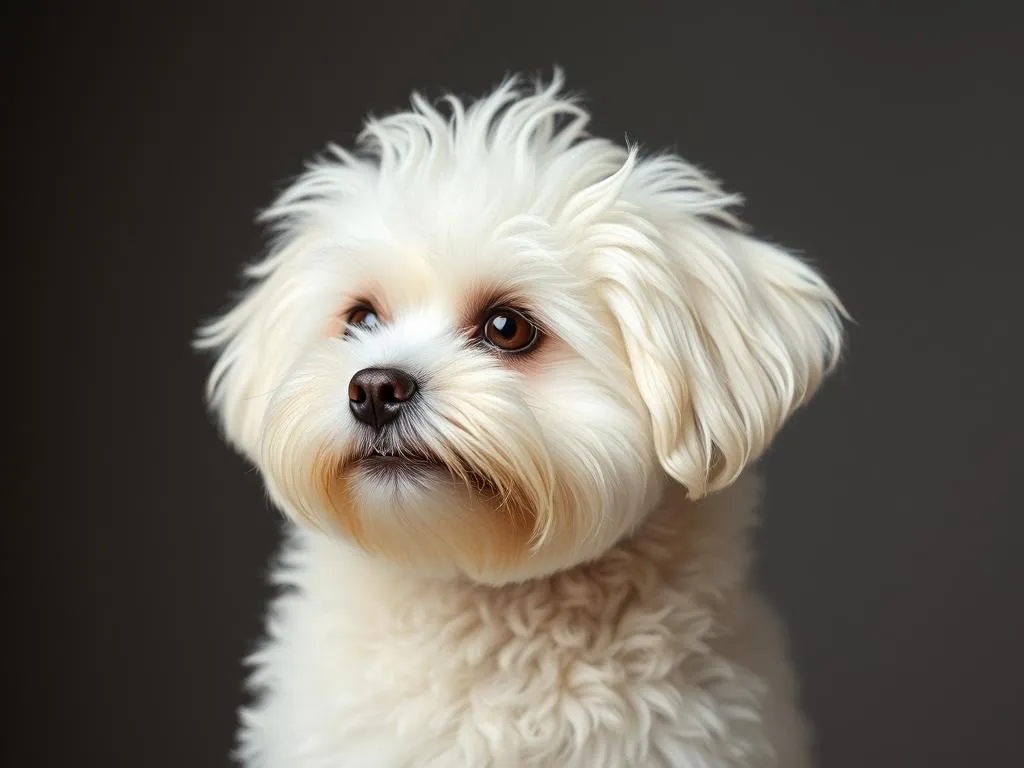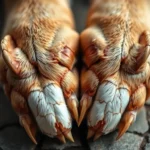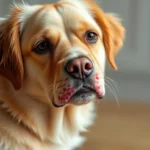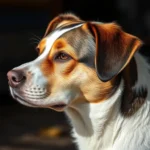
Introduction
Maintaining a dog’s health extends beyond regular veterinary check-ups; grooming plays a crucial role in ensuring your furry friend’s overall well-being. This is especially true for the Bichon Frise, a breed known for its cheerful disposition and fluffy, curly coat. Understanding the unique grooming needs of Bichon Frises is essential for their health and happiness.
Characteristics and Temperament
Bichon Frises are small, typically weighing between 10 to 18 pounds. They have a soft, curly coat that requires consistent care to prevent matting and skin issues. Their friendly and playful nature makes them excellent companions, but their grooming needs can be a bit demanding.
Importance of Grooming for This Breed
Grooming is not just about aesthetics; it’s an integral part of your Bichon Frise’s health care routine. Proper grooming helps to maintain their skin and coat, prevents matting, and allows for early detection of any skin conditions or parasites. This article aims to provide you with comprehensive Bichon Frise grooming tips to ensure your pet remains healthy and happy.
Understanding the Bichon Frise
Breed Characteristics
The Bichon Frise is characterized by its fluffy white coat, dark eyes, and cheerful expression. These dogs are known for their adaptability and affectionate nature. However, Bichon Frises are prone to certain health issues, including:
- Allergies
- Skin infections
- Ear problems
- Eye conditions
Understanding these health risks highlights the importance of routine grooming and care.
Importance of Grooming
Regular grooming is vital for the Bichon Frise’s health and well-being. Not only does it help to keep their coat clean and free of tangles, but it also promotes good skin health. Grooming can prevent common issues like matting, which can lead to skin irritations and infections if not addressed.
Essential Grooming Tools
Having the right grooming tools is essential for effective grooming of your Bichon Frise.
Brushes and Combs
Using the right brushes and combs can make a significant difference in the grooming process:
- Slicker Brush: Ideal for removing loose hair and preventing matting.
- Pin Brush: Helps to gently untangle knots and smooth the coat.
- Wide-Tooth Comb: Excellent for detangling and checking for mats.
Using the appropriate tools will make brushing easier and more effective.
Clippers and Scissors
For at-home grooming, clippers and scissors are crucial:
- Clippers: A quiet and lightweight clipper is recommended to avoid startling your dog. Look for ones designed for small breeds.
- Scissors: Curved scissors are great for trimming around sensitive areas like the face and paws. Always ensure that scissors are sharp for a clean cut.
Bathing Supplies
Bathing your Bichon Frise is essential, but it’s crucial to use the right products:
- Shampoo: Look for gentle, hypoallergenic shampoos designed for dogs. This helps prevent skin irritation.
- Conditioner: A light conditioner can help keep their coat soft and manageable.
Nail Care Tools
Nail care is often overlooked but is vital for your Bichon Frise’s health:
- Nail Clippers: Choose a guillotine-style clipper or a scissor-type that feels comfortable in your hand.
- Nail Grinder: For those who prefer a quieter option, nail grinders can be a great alternative.
Step-by-Step Grooming Process
Brushing
Brushing your Bichon Frise is essential to keep their coat healthy:
- Frequency: Aim to brush your dog at least 3-4 times a week. Daily brushing is ideal, especially for younger dogs with thicker coats.
- Technique: Start from the base of the fur and work your way out to the tips, using gentle strokes to avoid pulling on the skin. For matted fur, use a detangling spray if necessary.
Bathing
Bathing is another crucial aspect of grooming:
- Frequency: Aim to bathe your Bichon Frise every 4-6 weeks, though this can vary based on their activity level and environment.
- Step-by-Step Guide:
- Brush your dog to remove loose hair and mats.
- Wet the coat thoroughly using lukewarm water.
- Apply shampoo, lather gently, and rinse thoroughly.
- Follow up with conditioner, if used, and rinse well.
Drying Techniques
Proper drying is crucial to prevent skin issues:
- Methods: Use a towel to absorb excess water, then use a pet-specific blow dryer on a low setting. Keep the dryer moving to avoid overheating any one area.
- Tips: Ensure the coat is completely dry before allowing your dog back outside, especially in cooler weather.
Clipping and Trimming
Regular clipping is important for maintaining a neat appearance:
- Recommended Styles: Popular styles include the puppy cut and the show cut. The puppy cut keeps the fur short and manageable, while the show cut allows for longer, more luxurious fur.
- How to Clip: Use clippers on the body and scissors for the face, paws, and tail. Be gentle and take your time to avoid cutting too close to the skin.
Nail Trimming
Nail trimming is essential for your dog’s health:
- Frequency: Trim nails every 3-4 weeks, or as needed. If you hear clicking on the floor, it’s time for a trim.
- Step-by-Step Guide:
- Hold your dog’s paw, and press gently on the pad to extend the nail.
- Cut the tip of the nail, avoiding the quick (the pink part).
- If your dog has dark nails, trim small amounts until you see a darker center.
Grooming Frequency and Schedule
Daily Grooming Routine
A daily grooming routine can significantly improve your dog’s coat and health:
- Brushing: Brush daily to prevent mats and tangles.
- Ear Cleaning: Check and clean your Bichon’s ears weekly to prevent infections.
- Eye Care: Wipe away tear stains with a damp cloth to keep the area clean.
Bathing Schedule
Finding the right bathing frequency is key to maintaining healthy skin and coat:
- Recommended Frequency: Generally, a bath every 4-6 weeks is ideal, but adjust based on your dog’s lifestyle.
- Signs of Needing a Bath: If your dog smells, has dirt visible in their coat, or has oily skin, it’s time for a bath.
Professional Grooming
While at-home grooming is essential, professional grooming can be beneficial:
- When to Consider: If you’re unsure about cutting techniques or your dog has severe matting, seek professional help.
- Choosing a Groomer: Look for groomers experienced with Bichon Frises and check reviews to ensure they are reputable.
Health Considerations
Common Health Issues in Bichon Frises
Being aware of common health issues can help you recognize problems early:
- Skin Conditions: Regular grooming can help identify skin issues like allergies or infections.
- Regular Vet Check-ups: Annual vet visits can help monitor your Bichon Frise’s health and catch any potential problems early.
Grooming and Behavior
Grooming can also have a positive impact on your dog’s behavior:
- Bonding: Regular grooming sessions can strengthen the bond between you and your Bichon Frise.
- Tips for Positive Experiences: Use treats and praise during grooming to create a positive association.
Additional Tips and Tricks
Seasonal Grooming Adjustments
Adjust your grooming routine based on the season:
- Summer: More frequent grooming may be necessary to keep your dog cool and comfortable.
- Winter: Pay special attention to their paws, ensuring there are no ice balls forming.
DIY Grooming vs. Professional Grooming
Understanding the pros and cons of each can help you decide what’s best for your dog:
- DIY Grooming Pros: Cost-effective, convenient, and strengthens your bond.
- Professional Grooming Pros: Expertise, access to specialized tools, and less stress for heavily matted coats.
Resources for Bichon Frise Owners
Stay informed and connected with other Bichon Frise owners:
- Communities: Join online forums and local meet-ups to share experiences and tips.
- Education: Consider reading books or attending workshops on dog grooming for further learning.
Conclusion
Grooming is a vital part of caring for your Bichon Frise, impacting their health, appearance, and overall happiness. By implementing these Bichon Frise grooming tips, you can ensure that your furry friend remains healthy and well-groomed. Remember, grooming is not just a chore; it’s an opportunity to bond with your pet and contribute to their well-being.
Incorporating these practices into your routine can make a significant difference in your Bichon Frise’s life. Enjoy the grooming process, and cherish the time spent with your beloved companion!









